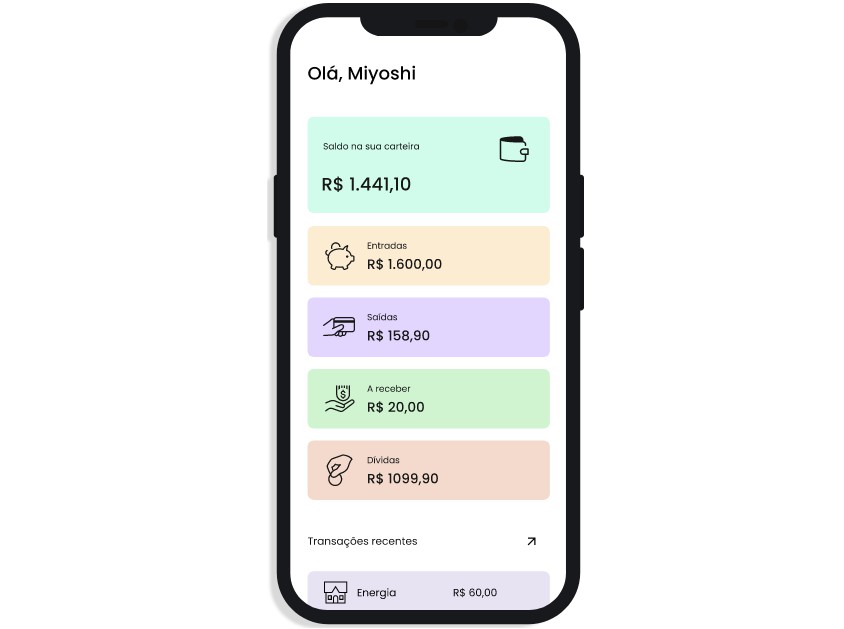

- #REACT NATIVE RESPONSIVE LAYOUT HOW TO#
- #REACT NATIVE RESPONSIVE LAYOUT INSTALL#
- #REACT NATIVE RESPONSIVE LAYOUT CODE#
However, responsive RN UIs still require the use of many conditional renderings and size-specific overrides. This difficulty was somewhat mitigated when percentage-based widths landed.
#REACT NATIVE RESPONSIVE LAYOUT INSTALL#
To install the latest version simply run: yarn add react-native-responsive-layoutĪlternatively, if you prefer using npm: npm install -save react-native-responsive-layoutĮven though React Native offers a faster way to build complex native applications, creating responsive RN UIs is significantly more difficult than compared to web development. This package is only compatible with RN >= 0.52 since older versions do not support percentage-based widths AND theĬorrect prop-types for views. Thanks.A framework that makes building responsive React Native user interfaces easier by bringing over concepts from web development. Pull requests are welcome! Please make the PR to development branch though and not master. The 4 blue tiles at the bottom half of the screen should take over 98% of the screen’s width in dp and 10% of the screen’s height in dp always: Smartphones
#REACT NATIVE RESPONSIVE LAYOUT HOW TO#
How to use with styled componentsĬheck the README of the related example repository How do I know it works for all devices ?Īs mentioned in "How to Develop Responsive UIs with React Native" article, this solution is already in production apps and is tested with a set of Android, iOS emulators of different screen specs, in order to verify that we always have the same end result. How to use with StyleSheet.create() and with orientation change supportĬheck the README of the related example repository 3. You can find a working example of this over the related example repository 2. How to use with StyleSheet.create() and without orientation change support That being said a width of 53% can now be written both width: widthPercentageToDP('53%') and width: widthPercentageToDP(53).Įxamples 1. widthPercentageToDP and heightPercentageToDP methods accept numeric values as well from version 1.2.1 onwards.Types should work out of the box, no additional setup needed. v1.4.0 onwards: The library now has flowtype support.To see how to do that, check example number 2. You can use this package along with styled-components.To see how to use them, check example number 3. These are listenOrientationChange and removeOrientationListener.

There are 2 more methods to use if you want to support responsiveness along with orientation change.In any case, when your screen development is done, you should test it over a big range of different screens as shown below in the How do I know it works for all devices ? section. That way you are less prone to forget adding responsive values for all properties of type number. The suggested approach is to start developing from larger screens (i.e.The package methods can be used with or without flex depending on what you want to do and how you choose to implement it.You can also provide decimal values to these 2 methods, i.e.Use the exposed methods for all of the type number properties used in your app in order to make your app fully responsive for all screen sizes. DP values are the ones of type number over the props mentioned in RN docs: View style props, Text style props, Image style props, Layout props and Shadow props. Methods widthPercentageToDP and heightPercentageToDP can be used for any style (CSS) property that accepts DP as value.

Check example number 1 for how to use them. for Samsung A5 2017, if we supply to a CSS box: width: widthPercentageToDP('53%'), the rendered style will be width: 190.8 DP. Their names essentially mean that you can supply a "percentage like" string value to each method and it will return the DP (indipendent pixel) that correspond to the supplied percentage of current screen's width/height respectivelly.

Give it a try and make your life simpler!Ĭheck out this medium article to see the power of the library! 🚀 It also provides an optional third method for screen orientation detection and automatic rerendering according to new dimensions.
#REACT NATIVE RESPONSIVE LAYOUT CODE#
React-native-responsive-screen is a small library that provides 2 simple methods so that React Native developers can code their UI elements fully responsive.


 0 kommentar(er)
0 kommentar(er)
